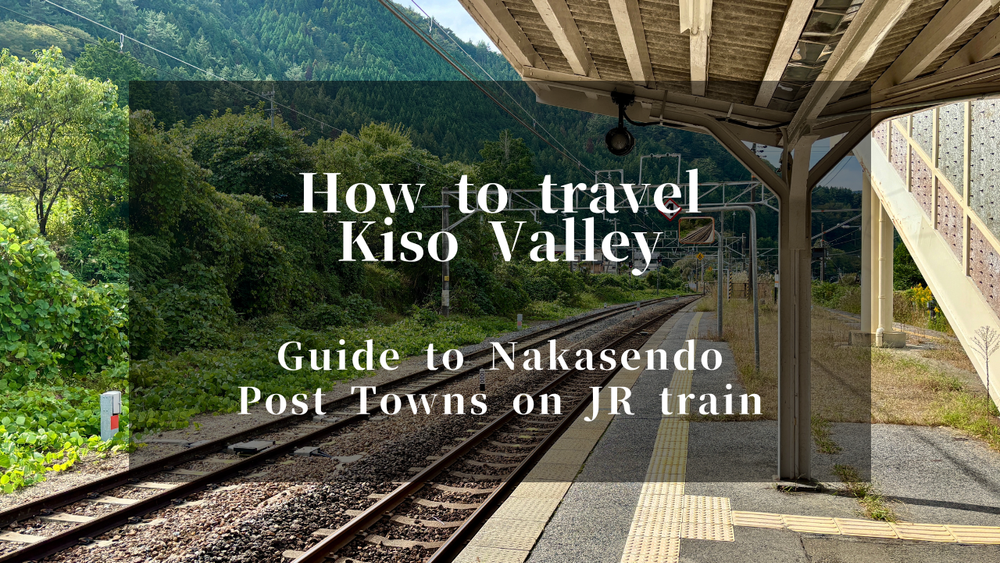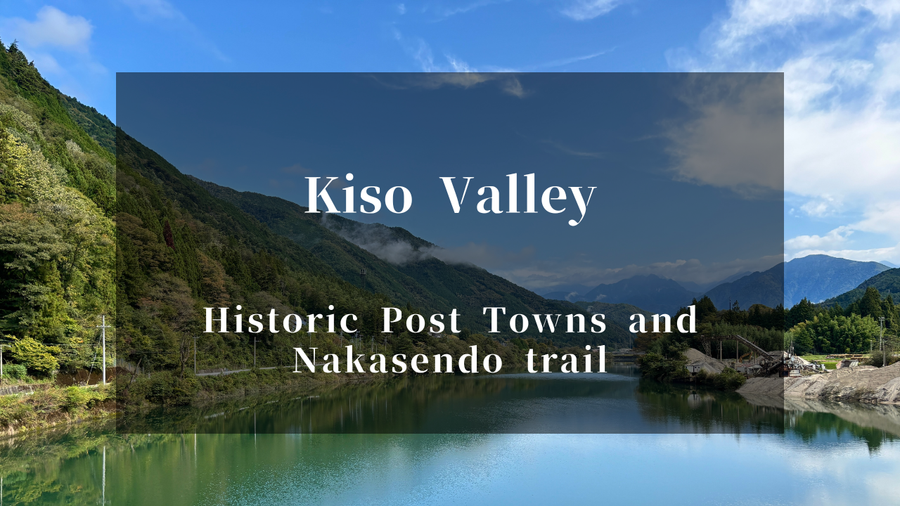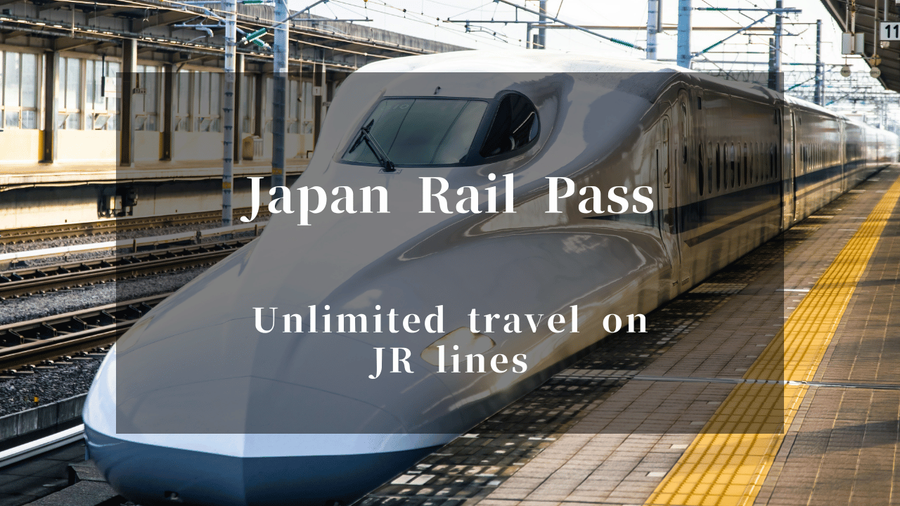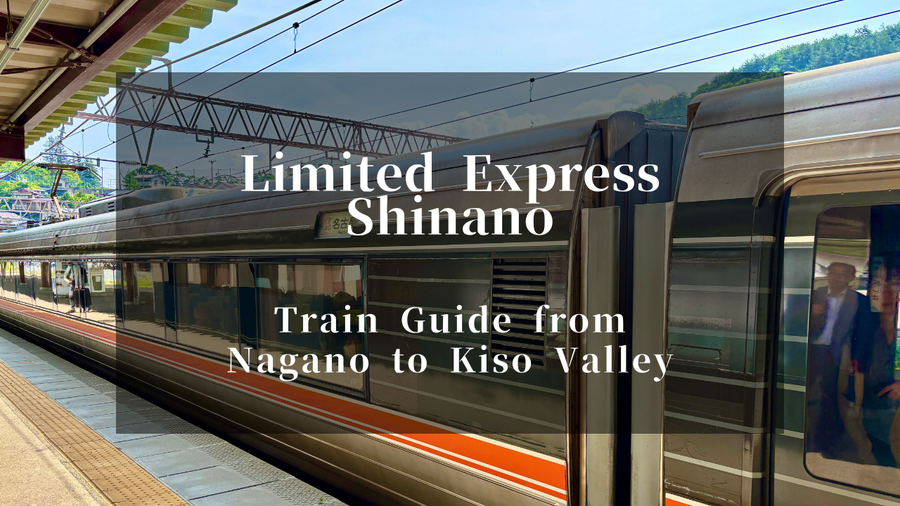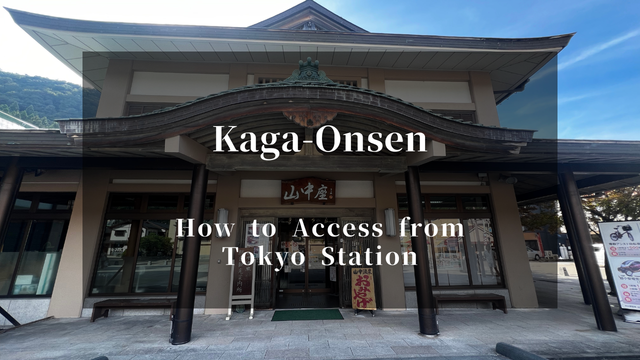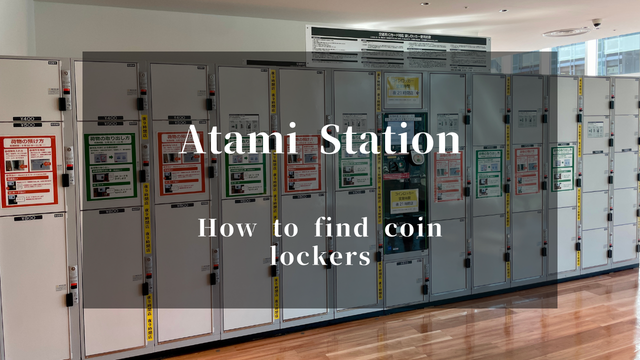Once you arrive in Kiso Valley (木曽谷, Kisodani), your journey continues on JR Chuo Line local trains to explore the historic post towns of the Nakasendo Trail (中山道, Nakasendo). While we cover how to reach Kiso Valley from Tokyo in another article, this guide focuses specifically on how to move around inside Kiso Valley and access the Nakasendo post towns.
This guide covers everything you need to know about traveling by train in Kiso Valley:
How to use JR Pass on local trains
How to ride one-man trains (ワンマン電車, wanman densha)
Which stations accept IC cards like Suica (and which don't)
How to access each post town from train stations
How to pay train fares at unmanned stations
Understanding One-Man Trains in Rural Japan
Most local trains in Kiso Valley are one-man trains (ワンマン電車, wanman densha). This means there is only one staff member - the driver - operating the train. There are no conductors.
This system can be confusing for foreign travelers used to urban trains, but it's actually quite simple once you understand how it works.
What Makes One-Man Trains Different
Only the driver operates the train (no conductor)
You must press a button to open doors (doors don't open automatically)
You take a numbered ticket (整理券, seiriken) when boarding
You pay when getting off by putting cash and your ticket in the fare box
Credit cards and IC cards like Suica usually cannot be used
How to Board: Step-by-Step
Here is an explanation of how to ride a one-man train along with pictures.
Step 1: Wait at the Front Car's Rear Door
Wait on the platform where you see a "ワンマン" (one-man) sign on the ground. This indicates where the front car's rear door will stop. When the train arrives, the doors do NOT open automatically. You must press the button next to the door.

Step 2: Take a Numbered Ticket
As you board, you'll see a small machine near the entrance. Take a numbered paper ticket (整理券, seiriken) from this machine. This number is very important - it tells you how much to pay when you get off.
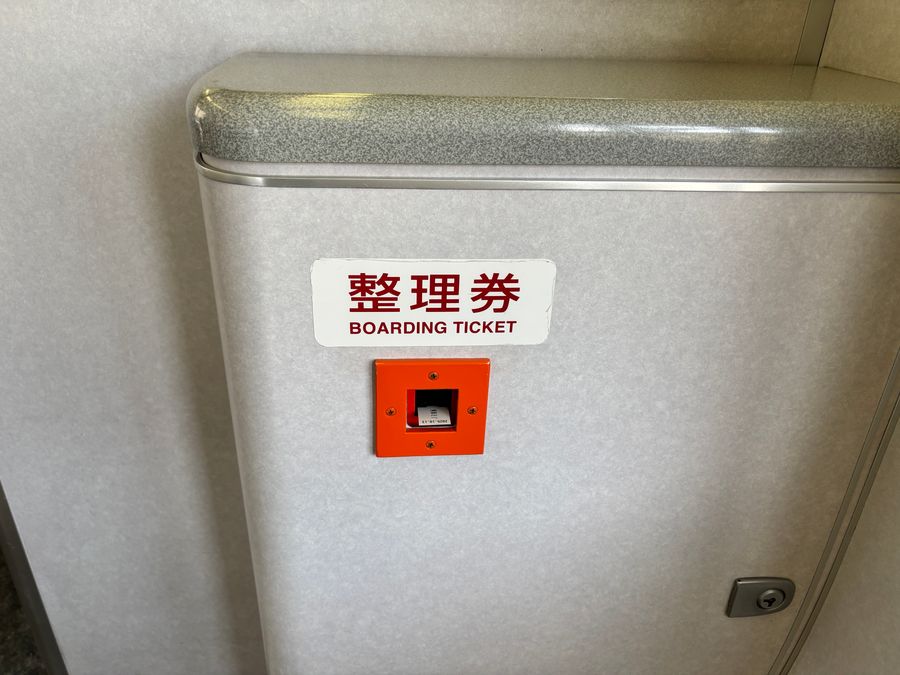
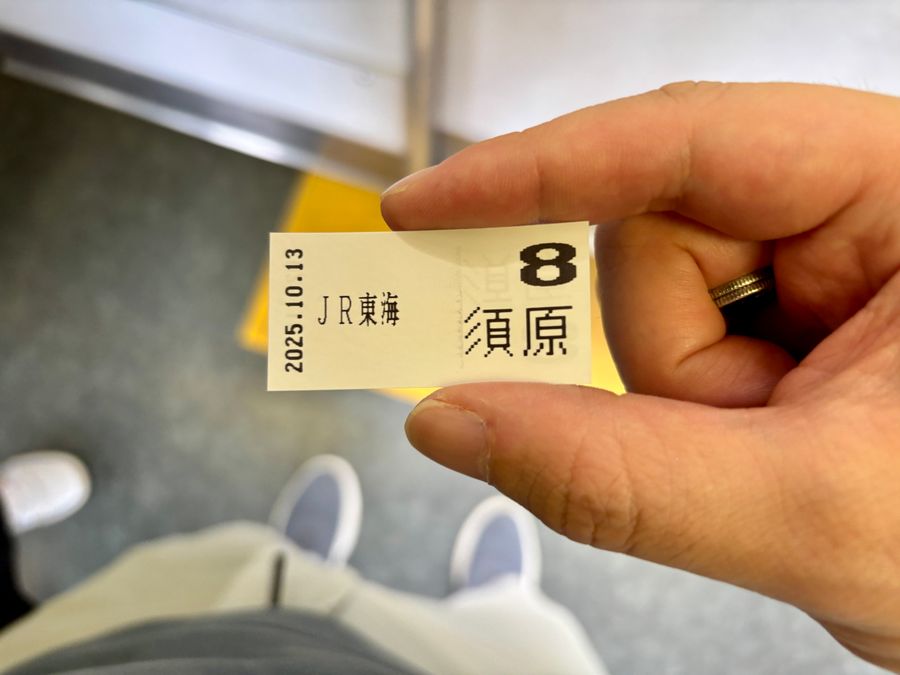
How to Get Off: Step-by-Step
The instructions below are for unmanned stations. At staffed stations, all doors open and you simply exit and give your ticket plus cash to the station staff at the ticket gate.
Step 1: Move to the Front Car
On one-man trains, you can only exit from the front door next to the driver's seat. When your destination is approaching, move to the front car early.
Step 2: Check the Fare on the LED Display
Above the driver's seat, there's an LED display board showing fares. It displays numbers like "1→150 yen" or "2→200 yen". Find the number that matches your ticket to see how much you need to pay.
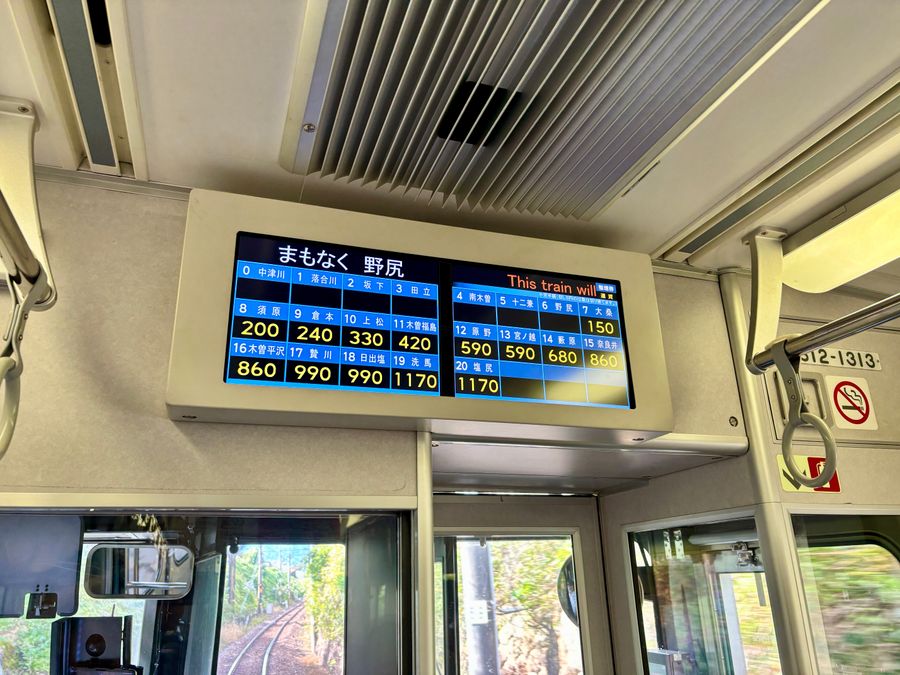
Step 3: Pay at the Fare Box and Exit
When the train stops at your station, put your numbered ticket plus the correct amount of cash into the fare box (運賃箱, unchinbako) next to the driver's seat. The fare box has a money changer that accepts 1,000 yen bills only.
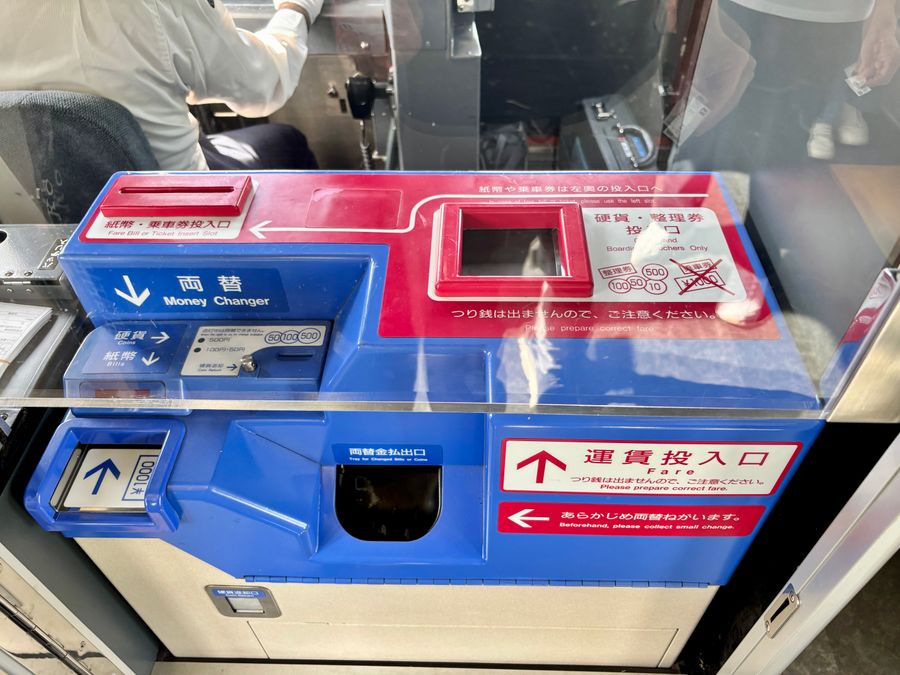
Critical Things to Remember
Cash only: Credit cards and IC cards like Suica cannot be used on most trains
Have coins ready: Keep 500 yen coins and 100 yen coins with you
1,000 yen bills can be changed at the fare box
Higher bills (5,000 yen, 10,000 yen) cannot be changed
Practical Travel Tips for Kiso Valley Trains
Here are some tips for traveling the Nakasendo and Kiso Valley by train.
Make Kiso-Fukushima Your Base
If staying in Kiso Valley for 2-3 days, Kiso-Fukushima Station area is the most convenient base:
More accommodation options than other towns
You can reach both north and south destinations as day trips
Plan Around Infrequent Train Schedules
Local trains in Kiso Valley run only about once per hour.
Use Google Maps to check train times in advance
Take screenshots of your route
If you miss one train, you may wait over an hour for the next
The wait is part of the Kiso Valley experience. Use the time to walk around the station area, try a soba restaurant, or simply enjoy the peaceful atmosphere.
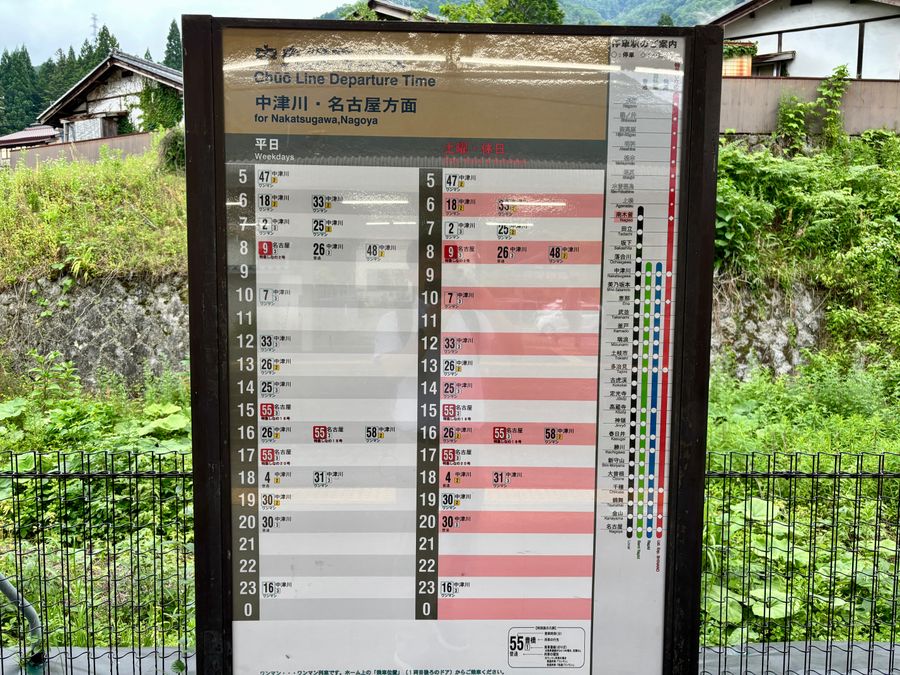
Most Stations Don't Accept IC Cards like Suica
When visiting Nakasendo post towns and traveling in Kiso Valley, most stations do NOT accept IC cards like Suica. Credit cards also cannot be used.
Therefore, be sure to bring cash. It is also recommended to purchase paper tickets in advance.
Use of JR Pass
The JR Pass allows unlimited rides on all regular trains and the limited express trains "Shinano" and "Azusa". However, it is not valid for buses (e.g., buses bound for Magome and Tsumago).

